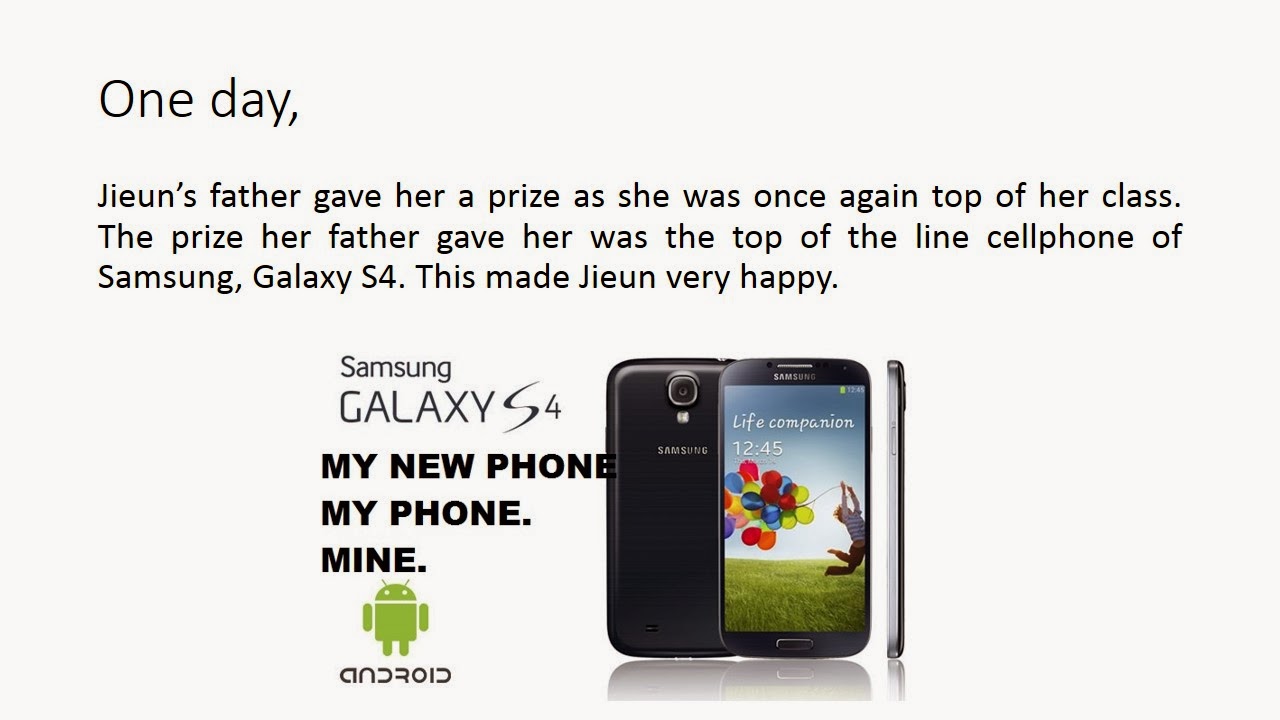ANIAG, John Malcolm S.
2012-10792
A Doctor of the
Barrio: a concise biography of Dr. Juan Flavier
Even
the Deparment of Health in its website acknowledges that former senator and
former health secretary, Dr. Juan Flavier, was perhaps the most popular
Secretary of Health to ever have occupied the position.
He
hails from Tondo, the same locality of revolutionary leader Andres Bonifacio.
It may be argued further, that like the late Supremo, Flavier led a health
revolution in his own way, both as a health secretary and as a senator.
Education and first
service
After graduating from Baguio
City High School, he continued his studies in the University of the
Philippines, later graduating in 1960 with a degree of Medicine from the
University’s campus in Manila.
Instead
of engaging in a lucrative medical practice as was the common choice for
individuals who wished to cash in on the hard work they have spent studying,
Juan Flavier joined the Philippine Rural Reconstruction Movement (PRRM), a
non-governmental organization (NGO) which focused on ameliorating the lives of
the rural dwellers with livelihood programs, health programs and free
education.
With a
goal to better serve his barrio people, he earned his Masters in Public health
from the prestigious Johns Hopkins University, which gave him new insights that
he employed as the President of PRRM and the International Institute of Rural
reconstruction, the international umbrella of the aforementioned organization.
His
anecdotes with the barrio people are well-detailed in his books, “Doctor to the
Barrios,” “My Friends in the Barrios,” and “Back to the Barrios: Balikbaryo.” Together,
these books speak a volume of his selfless dedication to public service in the
form of tangible health policies and practices. And for which would catch the
attention of Then-President Fidel Ramos, who asked him to be his cabinet’s
Secretary of Health. This is where he did wonders.
As Secretary of
Health
He led
the ailing Philippine public health care system, and reinvigorated it.
Commanding experience and expertise
with public health care as a barrio doctor, he developed nation-wide policies
such as Oplan Alis Disease, which led to the World Health Organization
declaring the country as polio-free. Under the slogan “Let’s DOH it,” he called
for active participation of NGOs and the public alike with engaging
infomercials. He instigated Sangkap Pinoy, which incentivized food companies to
inject some of their products, yes even junk food, a set amount of vitamins.
He lead AIDS information campaigns,
even gave away condoms and other contraceptives, leading to then-Cardinal Jaime
Sin to refer to him as an “agent of Satan.” (Human Rights Watch, 2011) He
successfully transformed the Department of Health into a dynamic office, making
it the number one department in the Ramos administration. (Department of
Health)
Because of his outstanding
performance in the Cabinet, he was asked to join the administration’s ticket in
the 1995 elections. Among the 12 winning candidates, he placed 5th.
Among the 12, he spent the least amount of money, relying only on his name
recall, track record and reputation as a public servant.
As Senator of Health
There of course, is no
official designation such as “Senator of Health.” But his focus as a Senator is
no different from being a doctor. To
best characterize his three consecutive terms would be as a doctor of the
nation’s ailing health system. As a newbie senator, he never incurred an
absence.
Some of the landmark legislations
he authored and sponsored are the Traditional Medicine Law, which focused on
the integration of indigenous-discovered medicine in the realm of mainstream
medicine. The Philippine Nursing Act, The Dangerous Drugs Act, the precursor of
the current Sin Tax Law, the Tobacco Regulation Act. After the corruption and
violence perpetrated by University of Santo Tomas Reserved Corps against one of
their own was exposed to the world, he introduced the National Service Training
Program, showcasing the other ways a Filipino youth could serve the nation
without taking up arms.
Holistically looking at society and
realizing that the socioeconomic status of society affect people’s health, he
went beyond health laws and introduced these legislations: The Poverty
Alleviation Law, which formed the National Anti-Poverty Commission. The
Indigenous People’s Rights Act, the Anti-money Laundering Act.
Although
admittedly spending less than other Senatorial candidates of the 2001
elections, he won reelection and most surprisingly, placed 2nd among
his peers. Again, he won his last allowable term in 2004, finishing it in 2007.
If people voted people like him to Senate, there is hope to the country. And if
people like him were voted then, there’s still hope.
Reference:
Department of Health N/A. Biography of Dr. Juan flavier.
Department of Health website. http://www.doh.gov.ph/node/1281.html. March 4,
2014
Senate of the Philippines, N/A. Still “DOH”-ing It!. Biography
of Senators. Senate of the Philippines website. http://www.senate.gov.ph/senators/sen_bio/flavier_bio.asp
Flavier, Juan Martin, 1970. Doctor to the Barrios. New Day
Publisher. Quezon City, Philippines.
Flavier, Juan Martin, 1998. Let’s DOH it!: How we did it.
J.M. Flavier. Quezon City, Philippines.
Flavier, Juan Martin, 1978. Back to the Barrios. New Day
Publisher. Quezon City, Philippines.
Human Rights Watch, 2004. Sex, Condoms, and the Human Right to Health. Human Rights Watch. New York City, United States.
SPOKEN READING:

.jpg)














